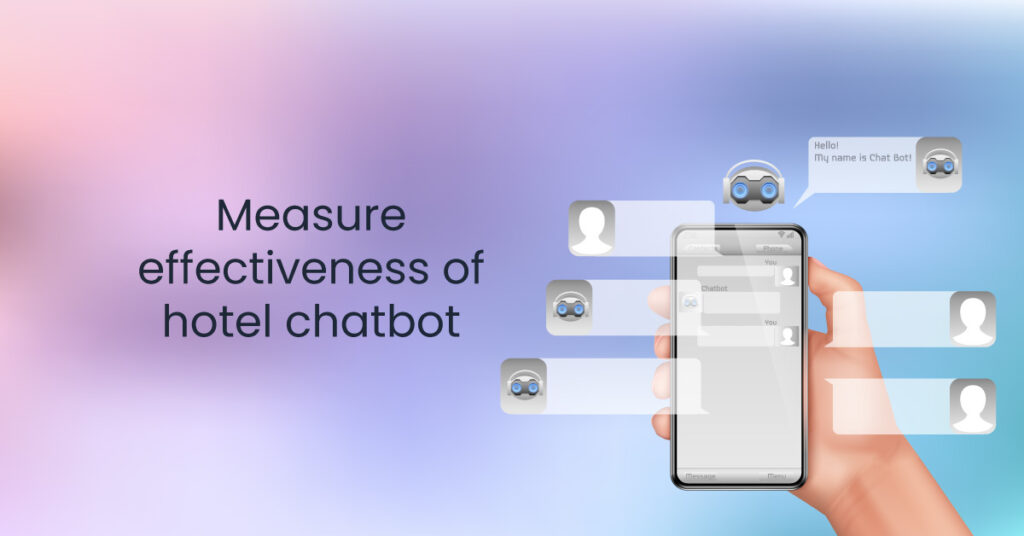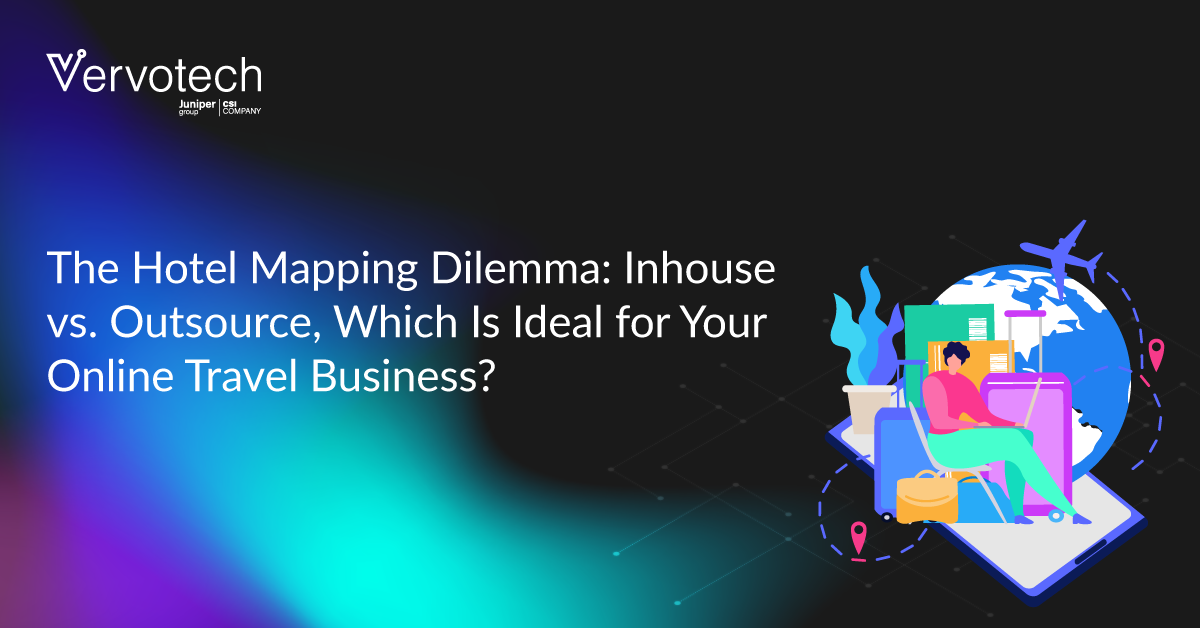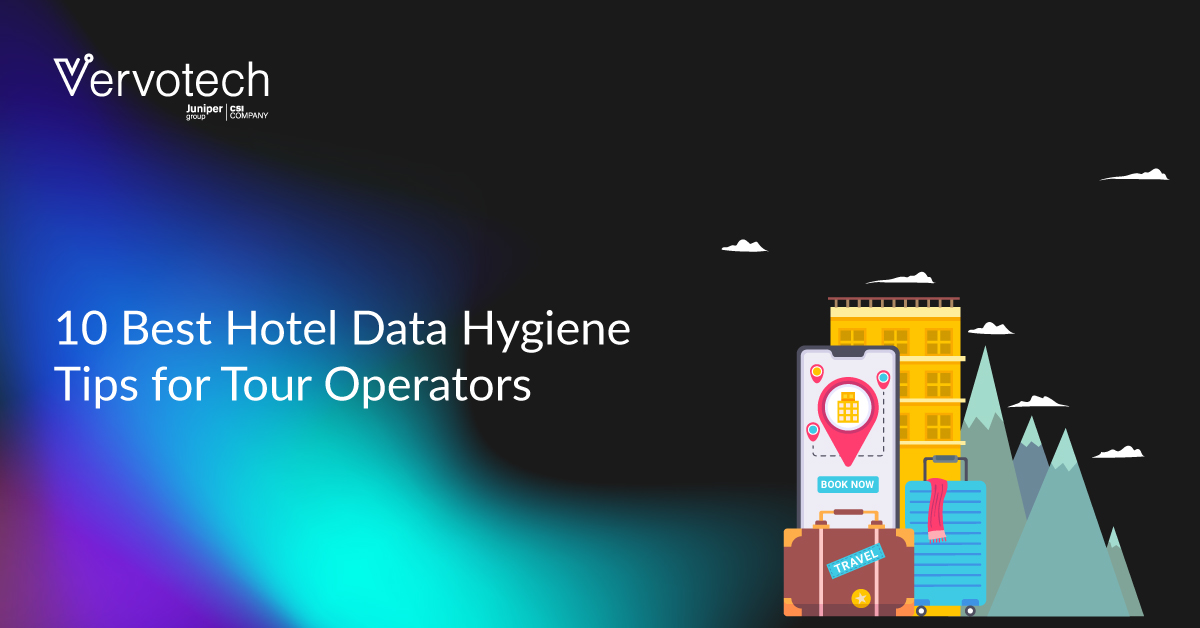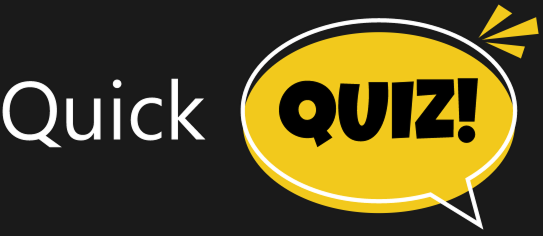Key players in the accommodation industry are now increasingly using hotel chatbots powered by AI and NLP (Natural Language Processing) as digital customer service agents and for answering regular to critical customer questions. Here in this article, we’ll discuss how to measure these hotel chatbots’ effectiveness.
“Thinking about the bot as a front-end representative of your product or service can make a lot of sense and having a delightful bot that provides a useful service can generate a strong attachment to your brand.”
Amir Shevat
Designing Bots: Creating Conversational Experiences
Integration of hotel chatbot into business strategy reduces unwarranted pressure on human resources to answer customer queries that are either repetitive or frequently asked. But how do you know if your chatbot implementation is working? You need to have some yardstick to measure its success or failure. Right? You are reading this article means you are already using or thinking of hotel chatbots. No worries. Here in this piece, we’ll look at some tried and tested methods to measure the effectiveness of hotel chatbots.
Five Key indicators to assess the performance of hotel chatbot

Measuring and analyzing the correct performance indicators of your hotel chatbot will help you evaluate its actual ability to handle crucial customer conversations. Also, you will be able to gauge how and when you can implement your chat in your other business processes. There are loads of KPIs that you can measure. Here in this article, we will assess five key performance indicators crucial for the success of chatbots in the accommodation industry. So, let’s look at them one by one.
1. Conversation Success
While assessing the performance of your hotel chatbot, the first indicator you should look at is the conversation success rate. If too many customers leave the chat unsatisfied, your bot needs tweaking. Issues could be anywhere between its placement or its ability to lead conversational interactions.
It’s true that some issues mandatorily require human interaction. Yet you need to find out if users’ requests are correctly processed, e.g., If the interaction demands human interaction, is your hotel chatbot triggering a live agent at the correct time? These are the variables that you need to analyze while determining the conversation success of your hotel chatbot.
However, the output of your chatbot is a summation of the information put in its database. So, to achieve better success, you need to broaden your database constantly. With a broader database, AI and NLP will be able to produce more quality output for your customers, and over time you will observe a better conversation success rate.
Also Read – What Is a Hotel Upsell Software? And How to Choose One?
2. Bot Sessions
It is an excellent metric for rule-based hotel chatbots to understand how much time your bot is taking to produce the desired results your users are seeking. The metric counts the total number of interactions sent and received. A lower bot session means the user is getting its query resolved in minimum steps and vice versa.
Therefore, learning is simple; you always need to keep a close eye on “bot sessions.” At times, users leave a chat thinking a bot cannot solve their queries. If “bot sessions” are too low, you can observe random conversations and make sure your conversation success rate is going in the right direction.
3. Bounce rate
The success of a hotel chatbot is co-related with the success of your website. If your users leave your website without even visiting your hotel chatbot, your bounce rate is high. And your chatbot is not even coming into the play. In cases of high bounce rate, the design, the content, the speed of your website, etc., everything comes under the scanner, and you need to work on these elements to reduce bounce rate.
4. Fallback Rate
No chatbot is foolproof. No matter how broad your database is, it will not be able to satisfy 100 percent of consumers. That’s why you need to check your chatbot’s fallback rate. The fallback rate is nothing but the percentage value of the times your hotel chatbot fails to satisfy customer queries. The metric will give you numeric insights into the instances your bot could not understand customer requests.
5. Customer Satisfaction Ratings
Customer satisfaction is pivotal to driving business growth. To measure how satisfied your customers are with your hotel chatbot, you can put in simple yes or no type questions. Also, you can ask visitors to rate conversations before they exit your bot. You can use these ratings as a yardstick to measure customer satisfaction.
Read More: How does a conversational AI Chatbot work? Use cases in Travel
As technologies like AI and NLP are evolving, the overall prowess of chatbots is also increasing. Still, they are not yet 100 percent, and they still need human intervention. If you can keep a check on the variables we discussed in this piece, you will be able to use your hotel chatbot more effectively and achieve a greater conversation success rate.
